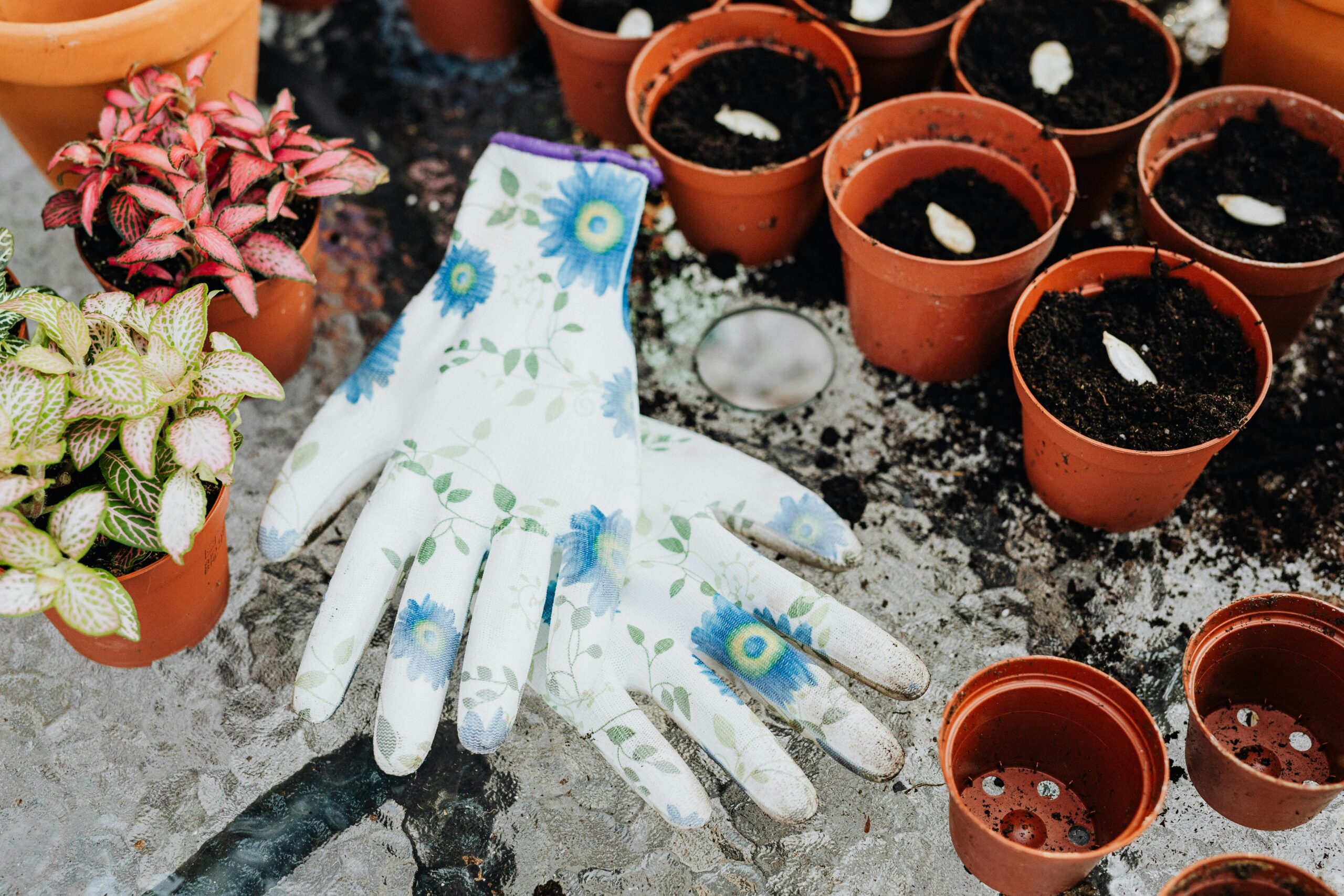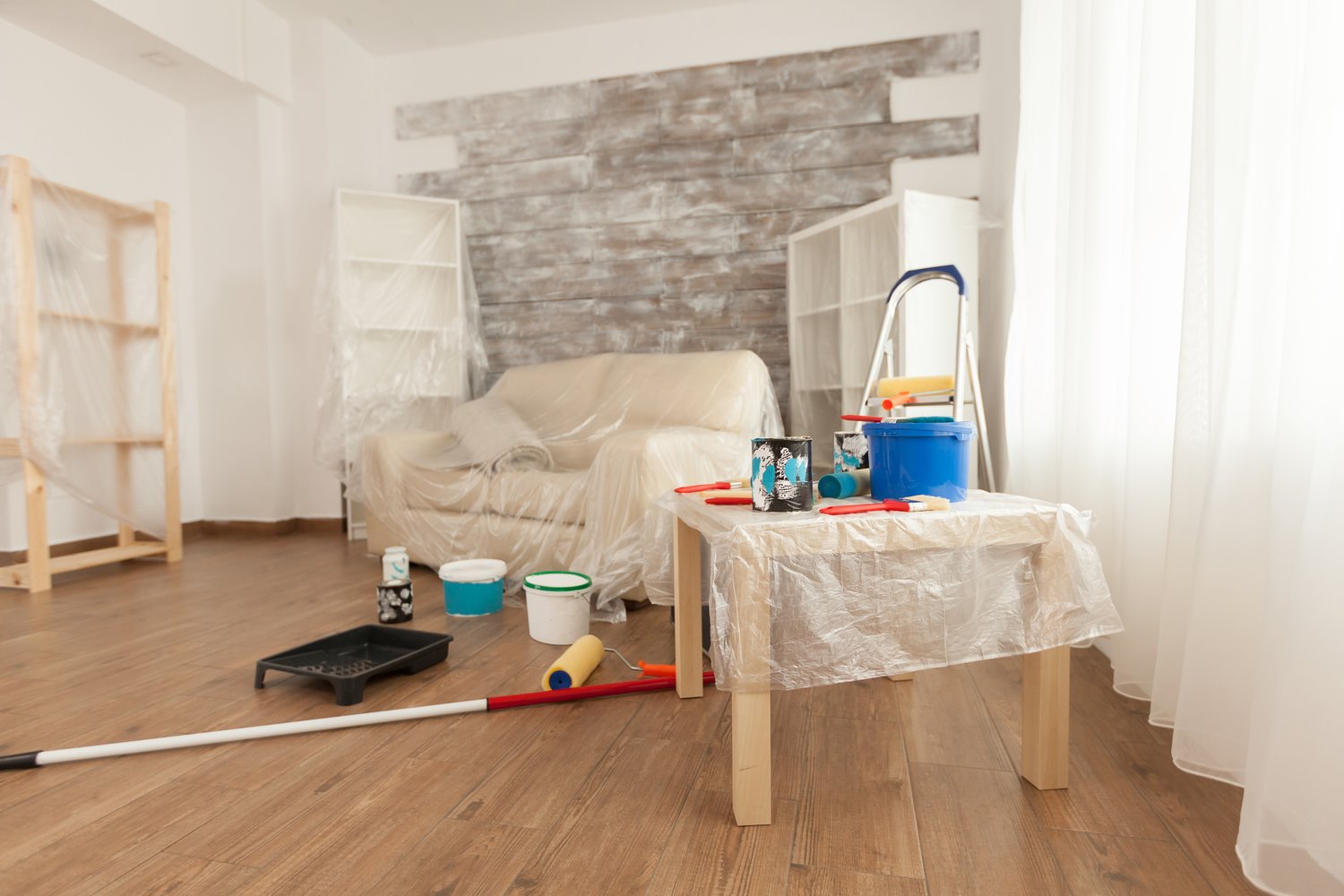Container gardening is one of the easiest ways to start growing your own herbs, flowers, or vegetables—especially if you’re short on space or new to gardening. It’s flexible, affordable, and beginner-friendly, making it the perfect entry point for homeowners who want to add greenery without digging into the ground. Whether you’re sprucing up a patio or adding life to a small balcony, containers can offer instant charm and practical benefits.
Choose the right containers for your space
Before you plant anything, it’s important to think about the containers you’ll be using. Size, material, and drainage all play a role in how well your plants will thrive. Large pots retain moisture longer, which is helpful in warmer months, while smaller ones may need more frequent watering. Plastic and resin containers are lightweight and affordable, while terracotta offers a classic look but can dry out quickly.
For the best results, make sure every container has drainage holes. Poor drainage can lead to root rot and stunted plant growth. If you’re unsure what containers will work best in your space, local landscaping professionals or garden centers can offer expert recommendations tailored to your home environment.
Start with easy-to-grow plants
The key to success as a beginner is starting with hardy, low-maintenance plants. Herbs like basil, parsley, and mint are popular choices for their quick growth and frequent use in cooking. Lettuce, cherry tomatoes, and peppers also perform well in containers with enough sunlight. If you’re interested in flowers, consider petunias, marigolds, or begonias for a splash of seasonal color.
Make sure to place your containers in an area that gets enough sun for your specific plants. Most vegetables and flowering plants need at least six hours of sunlight daily.
Keep pests away naturally
One of the benefits of container gardening is that you can often control pests more easily than with in-ground beds. However, common intruders like aphids, fungus gnats, and spider mites may still show up. Instead of turning to harsh chemicals, many gardeners use natural remedies that are both effective and safe.
Neem oil, diluted dish soap sprays, and garlic water are all simple, eco-friendly options for managing minor pest problems. These solutions can usually be applied with a spray bottle every few days until the issue clears up. Still, if your plants are suffering despite your efforts, it may be time to bring in a local expert who can diagnose the problem more precisely.
Learn to water and feed consistently
Consistency is key when it comes to container gardening. Because pots dry out faster than garden beds, you may need to water your plants daily—especially during hot weather. Use your finger to check the top inch of soil; if it feels dry, it’s time to water.
In addition to watering, your plants will benefit from regular feeding. A balanced, slow-release fertilizer can provide essential nutrients throughout the growing season. Look for products specifically designed for container gardens to avoid overfeeding or undernourishing your plants.
Refresh and replant with the seasons
Container gardens give you the freedom to change your setup as the seasons shift. In spring, start with cool-weather crops like spinach or pansies. As temperatures rise, swap those out for heat-tolerant plants such as tomatoes or zinnias. This flexibility is one of the best parts of container gardening—it keeps your space fresh and seasonally appropriate year-round.
If you’re ready to level up your container gardening game or need help optimizing your outdoor space, check out AskHomey.com to connect with professionals who can guide your setup or create custom planters for your home.
Follow us on Instagram and Facebook for more outdoor inspiration this season!



